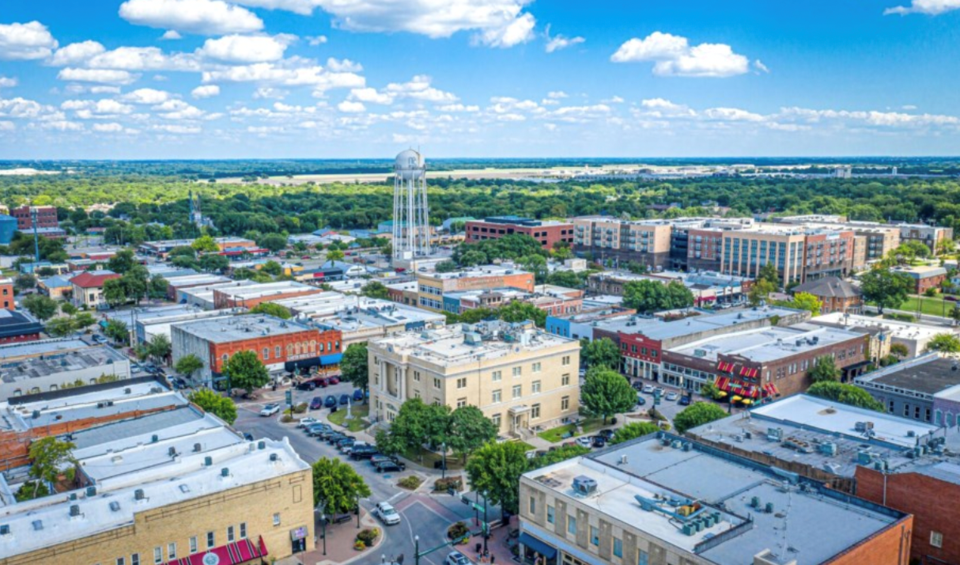North Texas is rapidly growing, and one local Realtor believes DFW is no longer the correct term. DFFW is more appropriate: Dallas, Frisco, Fort Worth.
According to WFAA, Realtor Levi Lascsak said despite being based in Dallas, most of his clients are looking to Collin County.
"We’ve always talked about DFW. I would say it’s going to become DFFW, which is Dallas, Frisco, Fort Worth,” Lascsak told WFAA. “You come out here to Prosper, Melissa, Anna, Celina, you can kind of move an extra five or 10 minutes out of town and save $50,000 or $100,000 on a house."
In decades past, the term DFW was all encompasses because, to be honest, the surrounding cities had not yet come into their own. That is no longer true. Frisco, for example, is a major hub and will continue to be one. The second “F” is now a catch-all term for the surrounding cities, just like “DFW” was during the late 20th century and early 21st.
But why are people moving to cities like Frisco and the rest of Collin County? Lascsak said schools and communities are the top reasons.
Take Windsong Ranch for example, at over 2,000 acres, the master-planned community in Prosper will include 3,324 single-family homes, four unique amenity centers, four schools, two fire stations and over 600 acres of green space, parks, creeks, trails and amenities.
“At the first amenity center, they’ve got a coffee shop, pastry shop, event space, swimming pools, lap pools, the blue lagoon that’s been a big focus here too is they have a five-acre blue lagoon, crystal clear that looks like you’re at the Bahamas," Lascsak said.
But business is also a huge reason for folks moving. Multiple California-based companies are moving to Frisco, Plano and other Collin County cities, bringing in jobs and new residents.
By 2060, Collin County is expected to double the amount of residents. According to Texas Demographic Center projections, since 2020 Anna experienced a 52% increase, Celina 97%, Melissa 51%, Princeton 55% and Van Alstyne 51%. The data showed that by 2060, Collin County will be home to 2,438,008 people, versus the 1,168,395 expected by the end of 2024.
But let’s be honest, DFFW, while clever and even cute, doesn’t exactly roll off the tongue, which is why “North Texas” continues to be the best, and most accurate way, to refer to the region. Growth won’t stop in Frisco, nor will it stop in Collin County. The entire region is growing and will continue doing so.
Lascsak also has a YouTube channel, which he uses to answer real estate questions and show homes. If you have any questions about real estate in North Texas, Lascsak goes live every Tuesday.




